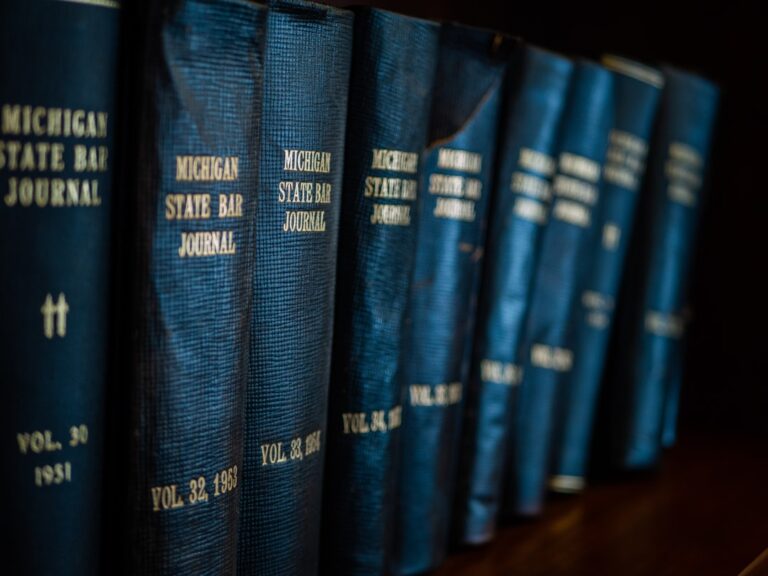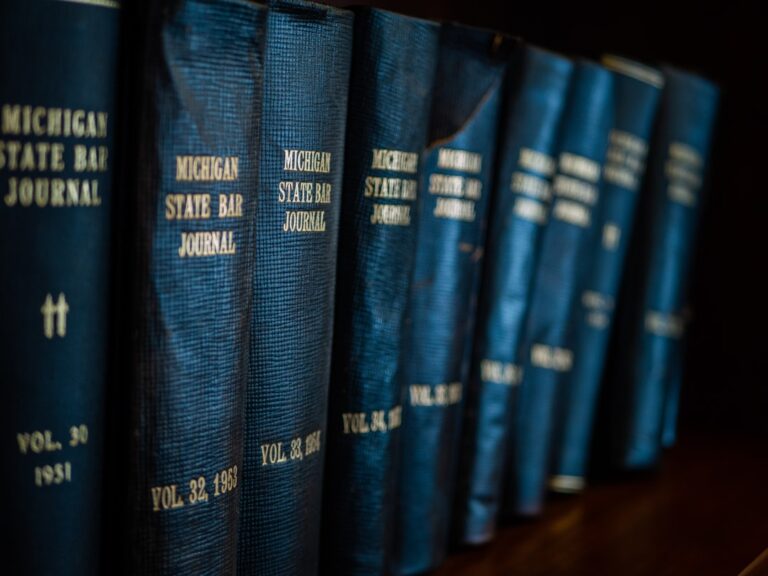DNA evidence is crucial in California rape cases, but its viability depends on environmental factors, storage practices, and biological material type. Strict legal criteria and guidelines for age and preservation apply. Rape attorneys in California must ensure proper handling, immediate refrigerated storage, use of sterile materials, and meticulous documentation to maintain DNA integrity, even with aged samples, through advanced testing methods and specialized labs, ultimately upholding victims' rights.
In Redding, California, the admissibility of DNA evidence in rape cases is a critical aspect of criminal proceedings. While DNA can be a powerful tool for justice, its longevity is a subject of growing interest. This article explores how long DNA evidence lasts, delving into the factors affecting DNA decay and legal standards governing its use. We discuss best practices for preserving rape evidence to ensure accurate results, offering insights that are invaluable for both rape attorneys and law enforcement in California.
Understanding DNA Decay: Factors Affecting Its Lifespan

DNA evidence plays a pivotal role in rape cases, but its efficacy is not indefinite. Understanding DNA decay is crucial for Redding, California rape attorneys advocating on behalf of their clients. Several factors influence how long DNA remains viable, including environmental conditions, storage methods, and the type of biological material collected.
Temperature extremes, humidity, and light exposure can accelerate DNA degradation. Improper storage, such as using substandard containers or failing to maintain consistent temperature control, can also lead to rapid deterioration. Moreover, the type of cells and the age of the sample significantly affect DNA’s lifespan. For instance, sperm or skin cells generally preserve better than blood or saliva samples over time. These considerations are vital for rape attorneys in California to ensure their case has robust and admissible evidence.
Legal Standards and Admissibility of Old DNA Evidence

In rape cases, the admissibility of DNA evidence is governed by strict legal standards, particularly regarding its age and preservation. California courts have established guidelines to ensure the reliability and accuracy of DNA testing, especially when dealing with old or degraded samples. The admissibility of such evidence often hinges on whether it meets the required level of scientific validity and relevance to the case.
Rape attorneys in California argue that the handling and storage conditions of DNA evidence are crucial factors. Proper collection, preservation, and documentation procedures are essential to maintain the integrity of the evidence. Old DNA samples may face challenges due to degradation over time, but advanced testing methods and specialized laboratories can often overcome these obstacles. The key is to have rigorous protocols in place to ensure the evidence’s admissibility in court.
Best Practices for Preserving and Handling Rape Evidence

The preservation and handling of DNA evidence in rape cases are paramount for its admissibility in court. Best practices involve strict adherence to protocols designed to maintain the integrity of the samples. This includes proper collection, immediate storage in secure, refrigerated conditions, and use of sterile, uncontaminated materials. Rape attorneys in California often emphasize these measures to ensure that any DNA evidence collected is reliable and can stand up to rigorous legal scrutiny.
Additionally, documenting each step of the collection process—from initial gathering to laboratory analysis—is crucial. This meticulous record-keeping helps verify the evidence’s chain of custody, further enhancing its credibility. Such practices not only strengthen cases but also uphold the rights of victims, ensuring their stories are accurately represented in legal proceedings involving rape attorneys in California.




